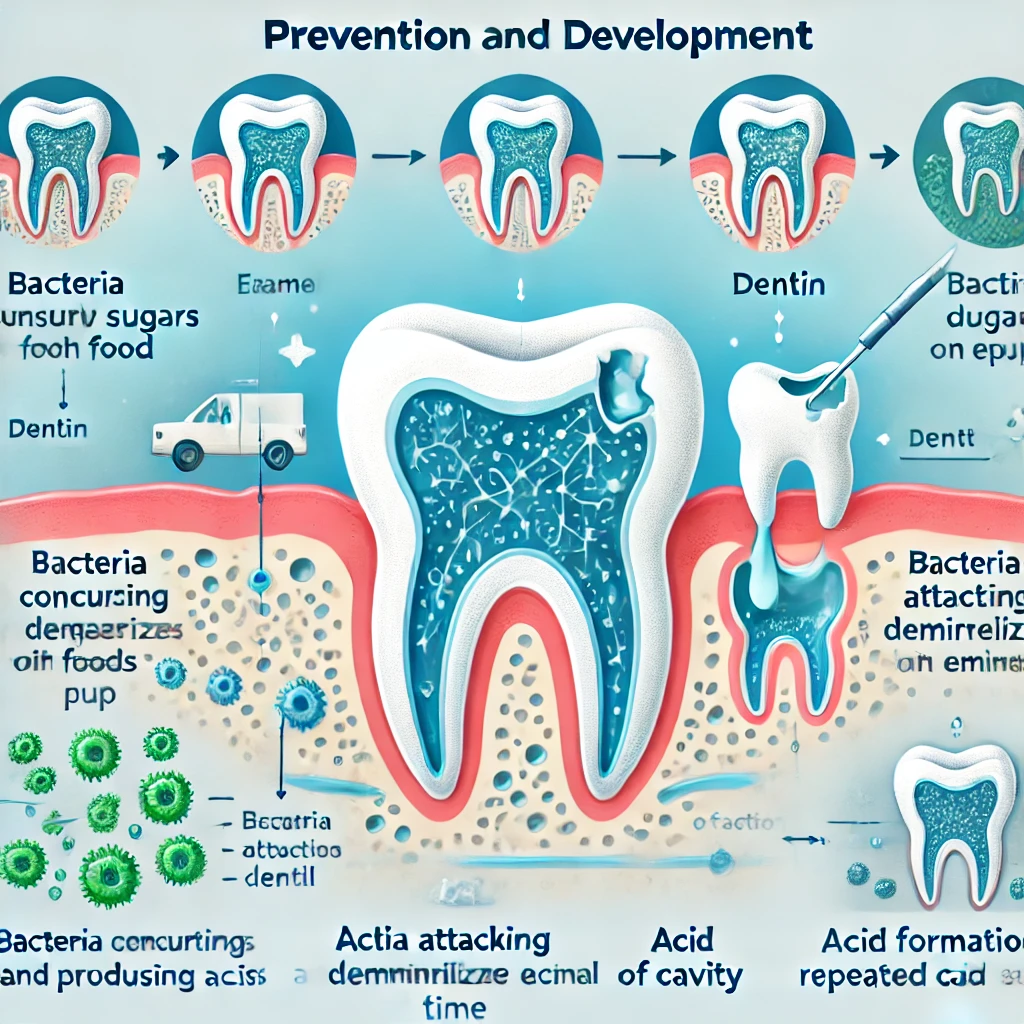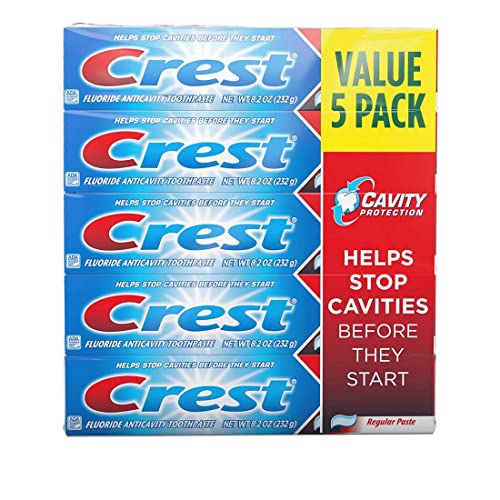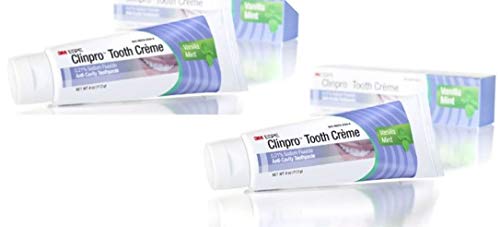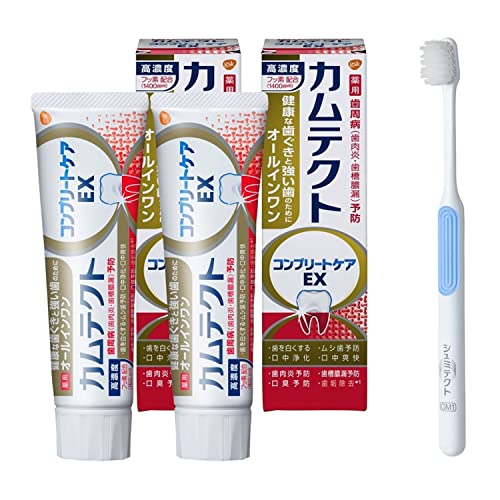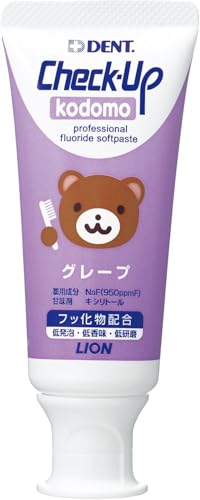Understanding Cavity Prevention: What They Are and How They Develop. Sugars present in foods and beverages serve as a primary fuel for these bacteria. When sugars are consumed, bacteria metabolize them and produce acids as a byproduct. These acids can erode the protective enamel layer of the teeth, initiating the demineralization process. Over time, repeated acid attacks can weaken the enamel to such an extent that it leads to the formation of cavities.
Get Dental Pro 7 to prevent Cavity Prevention
Several common factors contribute to the development of cavities. A sugary diet is one of the most significant risk factors, as it creates an ideal environment for bacterial growth. Poor oral hygiene practices, such as irregular brushing and flossing, can also lead to plaque buildup and inadequate removal of food particles. Additionally, low fluoride exposure hinders the remineralization process, which naturally helps strengthen enamel. Fluoride, found in toothpaste and in some community water supplies, plays a crucial role in cavity prevention by promoting the repair of early signs of decay and making teeth more resistant to acid attacks.
Ultimately, understanding the dynamics of cavity formation is vital for effective dental care and cavity prevention. By addressing the contributing factors, individuals can take proactive steps towards fostering optimal oral health and a brighter smile.
The Importance of Oral Hygiene
Maintaining good oral hygiene is crucial in the fight against cavities, which can lead to a variety of dental issues if left unchecked. The primary goal of oral hygiene is to eliminate plaque—a sticky film of bacteria that forms on teeth—and to prevent it from hardening into tartar. Brushing your teeth at least twice a day with fluoride toothpaste is one of the most effective strategies for cavity prevention. Fluoride strengthens tooth enamel, making it more resistant to decay while also aiding in the remineralization process. It is essential to use proper brushing techniques, which include a gentle circular motion and ensuring all surfaces of the teeth—including the front, back, and chewing surfaces—are adequately cleaned.
In addition to regular brushing, daily flossing is a vital practice that enhances oral hygiene. Flossing removes food particles and plaque buildup that toothbrushes often miss, especially between teeth and under the gumline. It is recommended to use approximately 18 inches of dental floss, wrapping it around the middle fingers of both hands and using a gentle sawing motion to glide it between the teeth. This action not only helps in cavity prevention but also reduces the risk of gum disease.
Buy products on Amazon for Cavity Prevention
To complement brushing and flossing, the use of mouthwash can provide an additional layer of protection against cavities. Antimicrobial mouthwashes can reduce plaque and gingivitis, while fluoride rinses can offer extra protection for tooth enamel. Incorporating these practices into a daily routine not only aids in cavity prevention but also contributes to overall oral health. Regular dental check-ups are also recommended to monitor oral hygiene practices and to ensure early intervention if any issues arise. By prioritizing these habits, individuals can maintain a healthy smile and significantly reduce the risk of cavities and other oral health problems.
Dietary Choices: Foods to Embrace and Avoid
Diet plays a pivotal role in maintaining oral health and significantly influences cavity prevention. Choices made regarding food can either enhance dental wellness or contribute to the risk of developing cavities. To encourage optimal oral health, it is advisable to embrace a diet rich in fruits, vegetables, and dairy products. These foods provide essential vitamins and minerals that fortify teeth and support gum health. For instance, crunchy fruits and vegetables such as apples and carrots help in naturally cleaning teeth and stimulating gums, effectively reducing plaque buildup.
Dairy products such as milk, cheese, and yogurt are particularly beneficial as they are rich in calcium and phosphorus, essential elements for rebuilding and strengthening tooth enamel. Calcium is crucial for maintaining the structural integrity of teeth, while phosphorus aids in minimizing acidity levels in the mouth, thus playing a significant role in cavity prevention. Incorporating these foods into your daily diet can lead to healthier oral conditions.
Conversely, certain foods and beverages should be avoided or consumed in moderation, particularly those high in sugar and acidity. Sugary treats like candies, pastries, and other sweet snacks provide a breeding ground for harmful bacteria in the mouth, leading to plaque formation and eventual cavities. Acidic foods and drinks, including citrus fruits and soda, can erode enamel over time, making teeth more susceptible to decay.
Furthermore, hydration plays a crucial part in oral health. Drinking water regularly helps wash away food particles and bacteria that linger in the mouth after eating. Fluoridated water, in particular, can assist in strengthening enamel, further contributing to cavity prevention. By being mindful of dietary choices and ensuring adequate hydration, individuals can enhance their overall dental health and foster a radiant, healthy smile.
The Role of Fluoride in Cavity Prevention
Fluoride plays a significant role in cavity prevention by enhancing the strength of tooth enamel, making it more resistant to the demineralization processes that lead to cavities. This mineral is naturally found in various sources, most notably in drinking water, certain foods, and dental products such as toothpaste and mouth rinses. The incorporation of fluoride into dental care regimens has been a pivotal factor in reducing the incidence of cavities in many populations.
When fluoride enters the mouth, it gets absorbed by the enamel of the teeth. This process helps to remineralize areas of enamel that have begun to decay. Additionally, fluoride can inhibit the growth of harmful bacteria found in dental plaque, contributing further to cavity prevention. Research has demonstrated that communities with fluoridated water have lower rates of tooth decay, especially in children, whose developing teeth benefit greatly from fluoride exposure.
Fluoride is usually available in two forms: systemic and topical. Systemic fluoride is ingested, typically through fluoridated water, while topical fluoride is applied directly to the teeth, as found in toothpaste or professional dental treatments. The recommended levels of fluoride intake can vary based on age. For instance, children up to the age of six should use fluoride toothpaste with a low concentration to avoid potential fluorosis, while adults and older children can handle higher levels effectively.
The debate over fluoride use often hinges on concerns regarding excessive exposure and its effects. Public health recommendations suggest balanced fluoride use, emphasizing that the benefits in reducing cavities outweigh the risks when used appropriately. By understanding the role of fluoride and following guidelines for its use, individuals can significantly enhance their efforts towards cavity prevention and maintain a healthy smile.
Buy products on Amazon for Cavity Prevention
Regular Dental Visits: Your Essential Checkup
Regular dental visits play a crucial role in cavity prevention and overall oral health. These appointments are not just for addressing existing concerns; they serve as a proactive approach to maintaining a healthy smile. During a dental visit, a professional will conduct a thorough examination of your teeth and gums to identify any signs of decay or potential problems before they escalate. This early detection is essential, as it allows for timely intervention that can prevent the need for more extensive treatment later on.
During your appointment, you can expect a professional cleaning, which is vital in cavity prevention. The dental hygienist will remove plaque and tartar that regular brushing and flossing might miss. Even with diligent home care, some areas may be vulnerable to accumulation, increasing the risk of cavities. Professional cleanings not only tackle these issues but also leave your teeth feeling polished and fresh.
The recommendations for how often individuals should visit the dentist may vary based on age, health status, and special circumstances. Generally, it is advisable for adults to schedule dental checkups every six months. However, children may require more frequent visits, especially as their teeth develop and change. Those with specific dental concerns, such as a history of cavities or gum disease, might benefit from more regular checkups. Engaging in a partnership with your dentist allows for tailored advice that addresses your individual needs and positions you on the path to preventive care.
In conclusion, prioritizing regular dental visits is a critical step in cavity prevention. Through routine examinations and professional cleanings, dentists can help maintain optimal oral health and minimize the risk of cavities, ensuring that your smile remains bright and healthy for years to come.
Sealants: A Protective Measure for Your Teeth
Dental sealants are thin, protective coatings typically applied to the chewing surfaces of the molars to help prevent cavities. These sealants, made from a plastic material, act as a barrier, effectively sealing the grooves and pits in the teeth where food particles and bacteria often accumulate. This is particularly crucial for children, as their molars emerge and are more susceptible to decay. The application of sealants is a proactive approach in cavity prevention, helping to protect young teeth during a vulnerable stage of development.
The process of applying sealants is generally straightforward and involves minimal discomfort. First, the dentist will clean and prepare the surface of the tooth to ensure proper adhesion. A special solution is then applied to roughen the enamel slightly, promoting a strong bond. After drying the tooth, the sealant is painted onto the surface and cured with a special light, ensuring it hardens and adheres firmly. This quick procedure can be completed in one visit and significantly enhances the durability of the teeth against potential cavities.
They typically last for several years and can be easily checked during regular dental visits. Ultimately, incorporating sealants into a child’s dental regime can lead to significant long-term benefits in maintaining a healthy smile.
Tips for Parents: Preventing Cavities in Children
A child’s formative years are crucial in establishing habits that will last a lifetime. One of the first steps parents can take is to teach their children proper brushing techniques. Additionally, replacing toothbrushes every three months helps maintain effective cleaning.
Equally important is the role of nutrition in cavity prevention. Instead, promoting healthy alternatives like fruits, vegetables, and dairy products can help fortify teeth and contribute to overall dental health. Furthermore, consider introducing a reward system that encourages good dietary choices.
Regular dental visits are another essential aspect of maintaining oral health. Scheduling biannual check-ups allows dental professionals to identify potential issues early and provide preventive measures tailored for young teeth. Additionally, reading books or watching videos about dental hygiene could instill excitement about brushing and visiting the dentist.
Overcoming Myths About Cavity Prevention and Dental Care
One prevalent misconception is that cavities are inevitable for everyone. Another common myth concerns fluoride. Some people believe that fluoride, found in many dental products and municipal water supplies, is harmful. In reality, fluoride plays a crucial role in cavity prevention by helping to rebuild and strengthen tooth enamel. However, it is important to use fluoride in moderation and follow recommended guidelines to reap its benefits safely.
Additionally, there is a misconception that poor dental health only affects the mouth. However, research has increasingly revealed a connection between oral health and overall systemic health. Issues like gum disease and untreated cavities can contribute to broader health problems, including heart disease, diabetes, and respiratory infections. As such, maintaining good dental care is a vital part of one’s overall wellness strategy.
Addressing these myths is essential for empowering individuals to take charge of their dental health effectively. Understanding the facts behind cavities and dental care is a proactive step toward achieving optimal oral health for all individuals.
Buy products on Amazon for Cavity Prevention
Conclusion: Your Path to a Cavity Prevention-Free Future
Ensuring a healthy smile requires a proactive approach to cavity prevention. One of the fundamental aspects of cavity prevention is maintaining excellent oral hygiene. Regular brushing and flossing are paramount in removing plaque and food particles that can lead to tooth decay. Additionally, it is essential to use fluoride toothpaste, as fluoride plays a critical role in strengthening tooth enamel and preventing cavities. Complementing oral hygiene with routine dental check-ups is another key factor in catching potential issues early and allowing for timely intervention.
Another crucial strategy for cavity prevention is to be mindful of your dietary choices. Limiting sugary snacks and beverages can significantly lower your chances of developing cavities. Instead, opt for a balanced diet rich in fruits, vegetables, and whole grains that contribute to overall dental health. Foods high in calcium, such as dairy products, can also support strong teeth and bones.
Educating yourself about the risks associated with dental health is vital. Moreover, seeking additional resources on cavity prevention will empower you to make informed decisions regarding your dental care. Your commitment to these measures will ultimately lead to a healthier, brighter smile.

